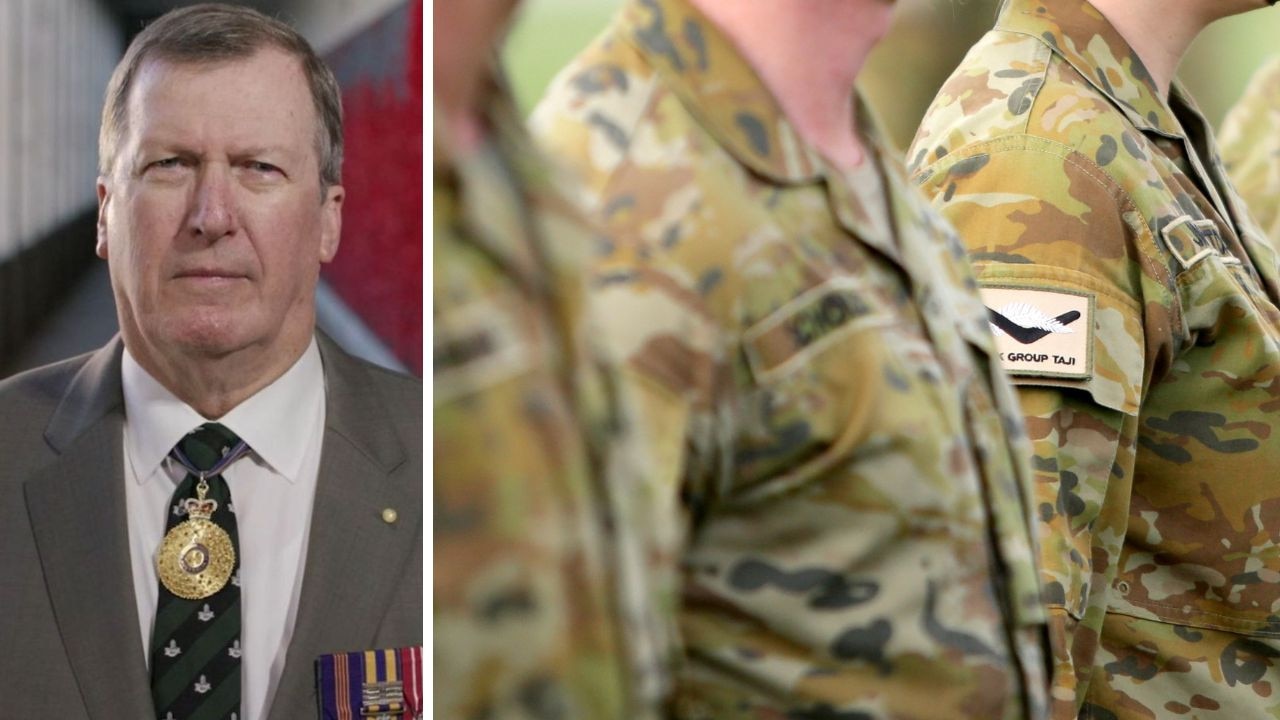Fromelles Diggers finally at peace, after 107 years
Seven young Australian soldiers killed in the catastrophic World War I Battle of Fromelles in France will finally be laid to rest in rededicated tombstones.
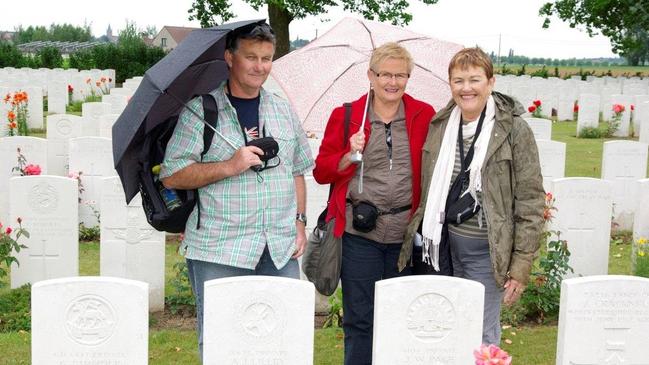
Before the end, they may have known each other by sight, these young Australian soldiers.
Perhaps they nodded a g’day on the troop ship to France. Had a few beers during their stopover in Egypt. Maybe they shared a cigarette and talked about what to expect in the trenches of the Western Front.
As they marched towards Fromelles, 16km west of Lille in northern France, and the first battlefield of their short careers as ANZACs in the European summer of 1916, had they marvelled together at the locals tilling the fields as German shells arched overhead?
There was Oscar Baumann, 20, a joiner from Adelaide. William Stephen, 28, a grocer from Sydney. There was Richard McGuarr, 27, straight off the family dairy farm near Lismore in northern NSW. Alexander Page, 28, a milk carter from Perth. In civilian life, James Claxton, 24, had been a teamster in Western Australia. Walter Grace, 23, was a labourer from Brisbane. And mechanic Edwin Gray, 30, hailed from Riverton in South Australia.

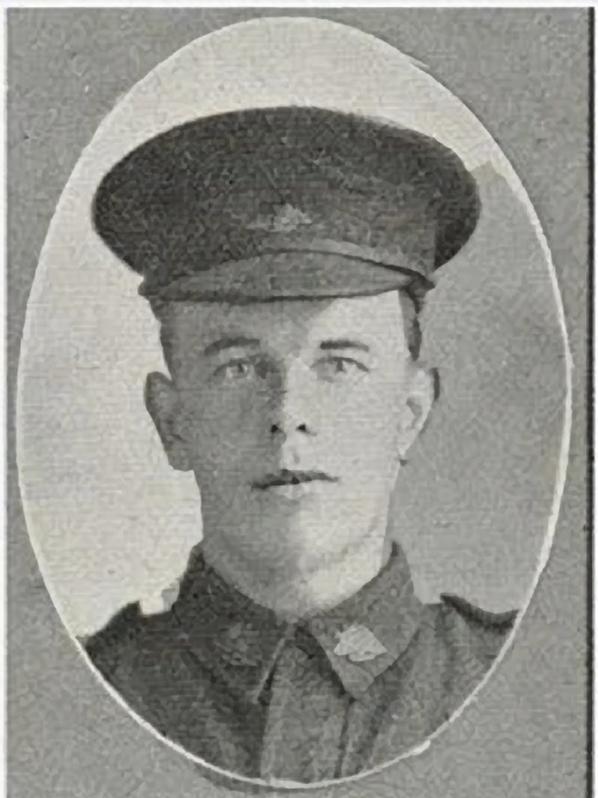
As disparate as they were, they were all unknowingly heading for the same fate. All would die in the disastrous Battle of Fromelles on Wednesday, July 19, 1916 – 107 years ago tomorrow – and all would be missing in action until their identities were restored after years of meticulous research by Australia’s Unrecovered War Casualties team.
The relatives of some of these infantrymen will attend an official ceremony at the Pheasant Wood Military Cemetery in Fromelles on Wednesday evening. And for the first time, the soldiers’ names will grace proper headstones. These will be rededicated. And these men will finally be put to rest by their families, and their country.
Historian and journalist Les Carlyon described Fromelles as possibly “the most tragic battlefield in Australia’s history”.
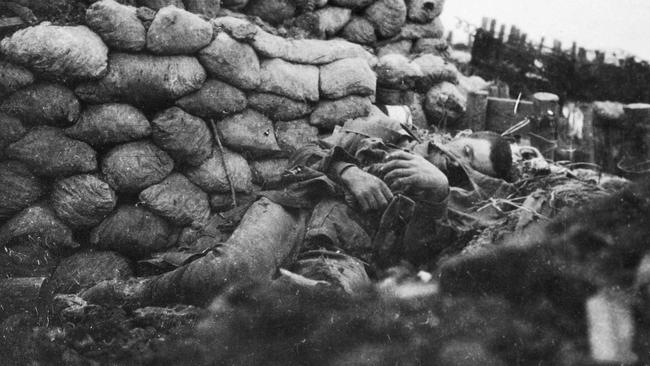
“They died in a single night, many of them before the sun had properly set,” Carlyon wrote in The Great War. “Some were Gallipoli men and some had never been in battle before. Some were still wearing felt hats rather than metal helmets.”
These seven men were among the 5533 Australians who died at Fromelles, when Australian and British divisions were commanded to charge the strongly held German front line in northern France. The objective was to stop Germans sending reinforcements south to the battle of the Somme.
Fromelles was arguably the greatest loss of a single division in a 24-hour period in World War I.
Suzanne Chapman, a retired lawyer from Melbourne, will be at the Fromelles ceremony to honour her uncle, Edwin Gray.

“It’s a very sad story,” she said. “The family never talked about it because they didn’t know what happened to him. His mother, Ada, wrote letters asking for information but there was nothing.”
The Gray family was contacted about volunteering DNA samples in 2008. Edwin Gray’s identity was not confirmed until November last year.
Craig Fletcher, 62, a project engineer from Perth, and his siblings grew up hearing about their great uncles Alexander and James Page, who both died in combat during World War I.
Their father, who was named after their great uncle James but was thought to look like Alexander, would tell them: “Two brothers went to war and never came home. One was killed and one was still missing.”
James Page was buried in a marked grave near Messines Ridge in Belgium close to where he died in action. It meant his mother Grace could visit his tomb in 1927 with her daughters Mabel and Grace.


But Alexander’s identity was announced only in April this year, more than a decade after the bodies of 250 Australian and British soldiers were found at a burial ground in Pheasant Wood, near Fromelles.
“My father and uncle were named after these two boys and they’ve been talked about in our family forever … we’re very, very proud of them, and we’re really happy we’ve found them and we can come here and say somebody found them and somebody is here for them,” Mr Fletcher said.
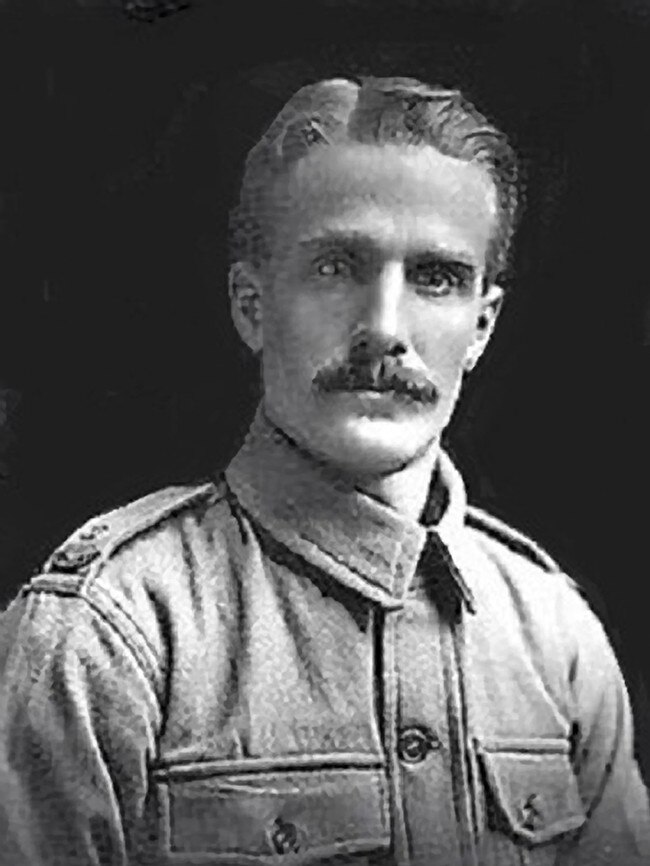
His sister Diane Farrell, who will also be at the ceremony on Wednesday, spoke to Alexander’s niece Grace Dutton, now 100 years old, last week.
“She rang me the day before I came away and was very, very pleased that we were coming and that we’re representing the family,” Ms Farrell said. “She said she was glad he had been found.
“Alex had four sisters left. They all lived not knowing what had happened to him. That’s the reason why we had to come, we had to honour their memories.”
Corporal William “Billie” Stephen, a grocer from Balmain in Sydney’s inner-west, was described by a comrade as “a good man” who “acquitted himself very well”. His mate James O’Brien, who witnessed his death, said: “Stephen was in one of the trenches taken on the night of July 19th at Fleurbaix when he was shot through the head as he stood by my side.”
O’Brien took Billie’s belongings, including two rings, a photograph and a razor, but said “his body had to be left”.
Stephen was identified through a number of DNA samples provided by descendants in Australia and Canada.
One of those relatives was retired police chief Herb Stephen of Winnipeg, Canada. He told The Australian he had no idea he had a relative who had perished in Fromelles until he was contacted two years ago by Australian defence authorities asking for a sample of his DNA.
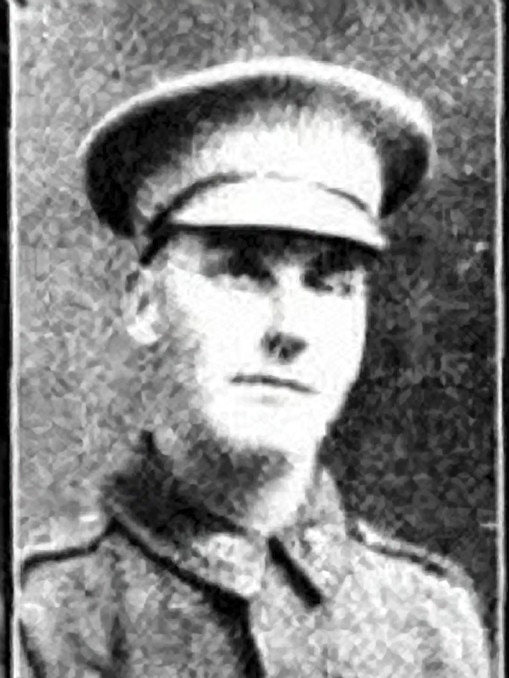
“I was even more amazed when they got back in touch with me a month and a half ago and said that through the DNA they were able to identify my relative,” he said. “It was a shock. I was completely blown away by that.”
Mr Stephen found it extraordinary too that Billie’s father had been a NSW police officer, given he himself had had a long and distinguished career in law enforcement in Winnipeg.
Another relative of Billie’s, Mark Levenspiel, said he had “mixed feelings” when he was contacted by researchers in 2021.
“I am proud we have a soldier in our family, but sad that it has taken so long for him to be at rest, I hope this can help bring closure to his story,” he said. “Not only for William, but for all the soldiers who gave their lives.”
In a statement, Minister for Defence Personnel Matt Keogh said the identification of these men “who had names and loved ones who never learnt their fate” was the result of diligent and painstaking work by professionals and volunteers. “Hopefully (it can) bring some peace to their descendants,” he said.
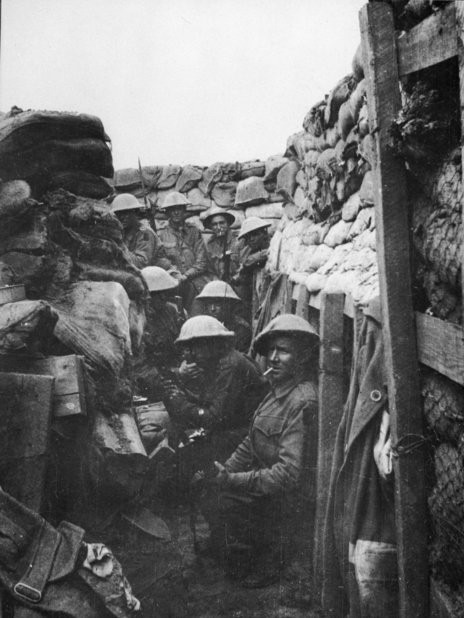
The release of more identities is testimony to the defence force’s commitment to the families of the casualties of battle. In the Fromelles cases, DNA profiles taken from the bones and teeth of deceased soldiers were returned to Australia where the Army team, with the help of genealogists and forensic biologists, combed through family trees and ancestry sites looking for matches.
The Fromelles Association of Australia had also worked closely with the families of the dead. Suzanne Chapman said that at the ceremony she planned to place Uncle Edwin’s mother Ada’s prayer book on his gravestone.
‘It’s important for my (late) father that I be there,” she said. “It does bring closure … and to actually have a headstone there.”
As part of the ceremony, the families of those seven young men will each be assigned a minder – local primary school children from the village of Fromelles.
And the name of the children’s place of learning, which has a kangaroo as its symbol?
Ecole des Cobbers.

